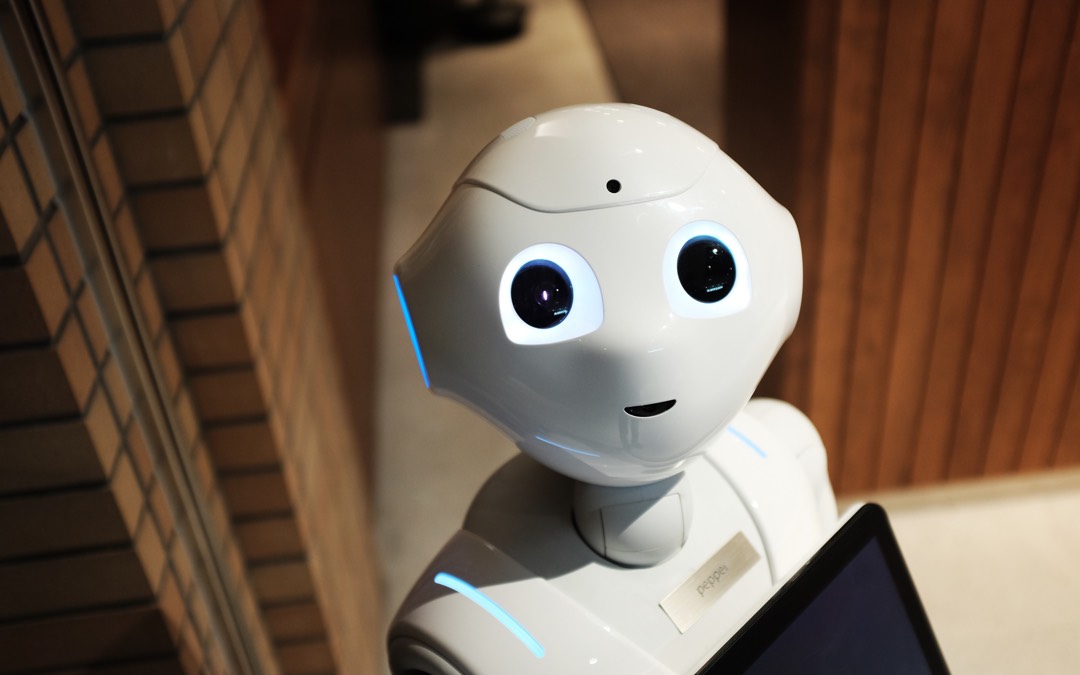by Ognian V. Shentov, Ph.D.
Although the field of Artificial Intelligence (AI) has been around since the mid-1950s, more recently AI has emerged at the cutting edge of modern innovation, driving technological advances in a staggering array of technical fields.
Just in the past few years alone, it sparked front-page news stories when AI machines beat human Jeopardy champions, defeated the best human Go player in the world, acted undetected for months as a teaching assistant to students at the Georgia Institute of Technology, reported on the 2016 Rio Olympic games, and got retained as a bankruptcy lawyer.
AI has no single definition, but it generally refers to the ability of machines or software to process information, make decisions, and take actions to achieve a particular objective. Unlike traditional rule-based data processing, AI is adaptive and can handle unpredictability; it can learn to react as input information changes, and as goals and requirements evolve.
Some branches of AI simulate the functioning of a human brain using a layered architecture of interconnected nodes that are set up using a set of activity rules, and trained to predict an output from a large data set of inputs. The ability to process large amounts of data thus makes AI uniquely suited for use in fields like natural language processing, personalized health and data delivery, computer guided motion (for surgical applications and component assembly), electronic financial trading algorithms, robotics, image and voice classification, and weather forecasts, among others.
But the emergence of AI technology raises numerous questions, many of which have never been asked before. For example, can an invention created by an AI machine be patentable? If so, who owns the AI-created invention and the resulting patent — the owner of the AI machine, the person who programmed the AI machine, or the AI machine itself?
If one believes that an AI machine that invents something new, useful, and non-obvious ought to be the recipient of a patent, how does that square with Article 1, Section 8 of the Constitution, which has traditionally been thought to refer to human beings when it gave “Authors and Inventors the exclusive Right to their respective Writings and Discoveries”?
Other questions are more down-to-earth, but no less problematic. For example, can an AI machine functioning as an attorney commit malpractice? If so, who is liable — the machine, or the owner of the machine, or the person who programmed it? And if it’s the machine who’s responsible — on the same theory that would enable an AI machine to obtain a patent for an invention it creates — then how does one get the machine to pay for the damages that resulted from its malpractice?
These thorny issues involving artificial intelligence have barely begun to be addressed, and will likely take decades to resolve. After all, nearly 40 years after the very first software patent was granted and upheld by the Supreme Court, there is still no clear agreement or test for precisely when software is patentable.
Interested in receiving more resources like the one above? Join our mailing list for news & updates.
